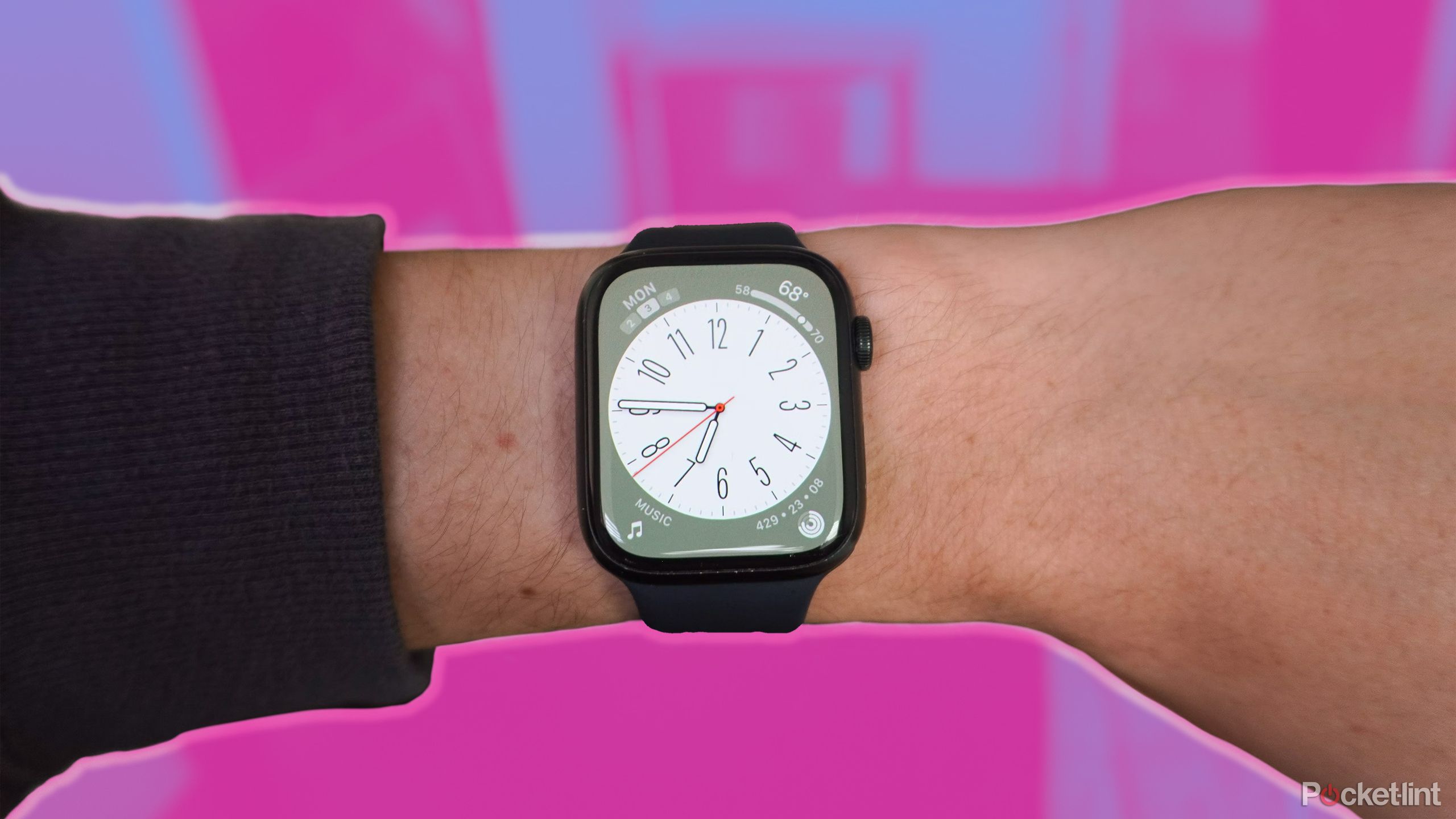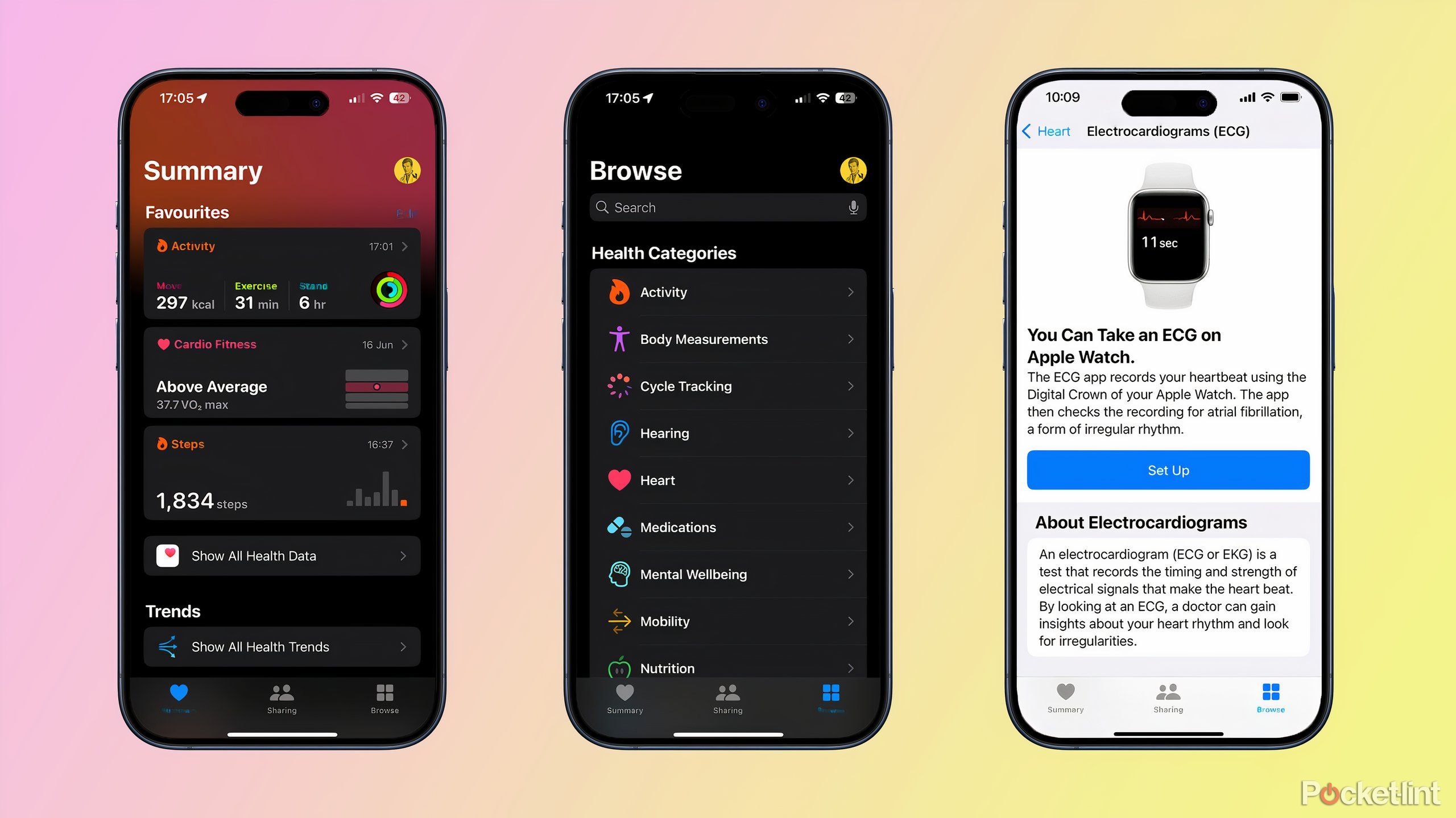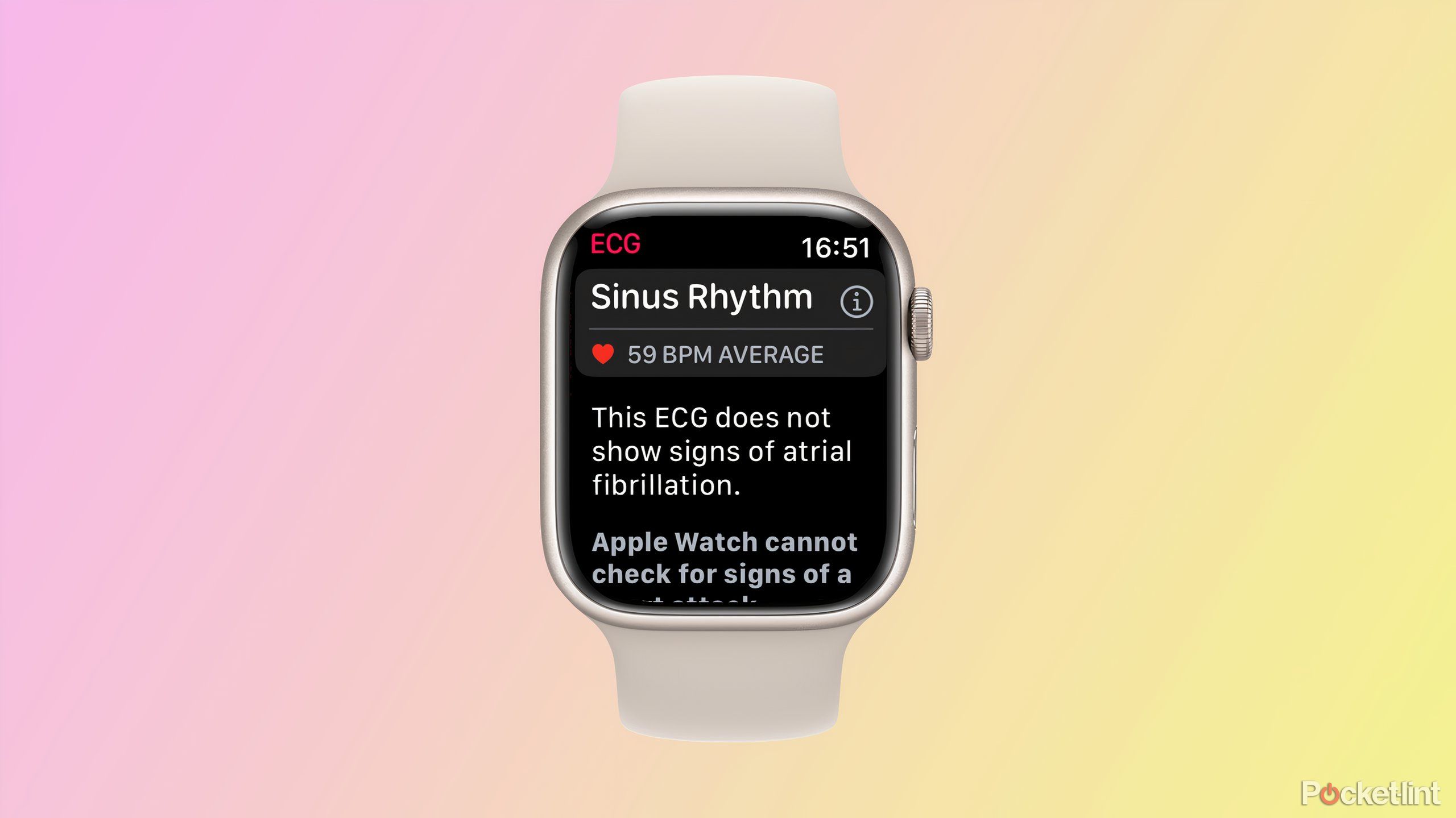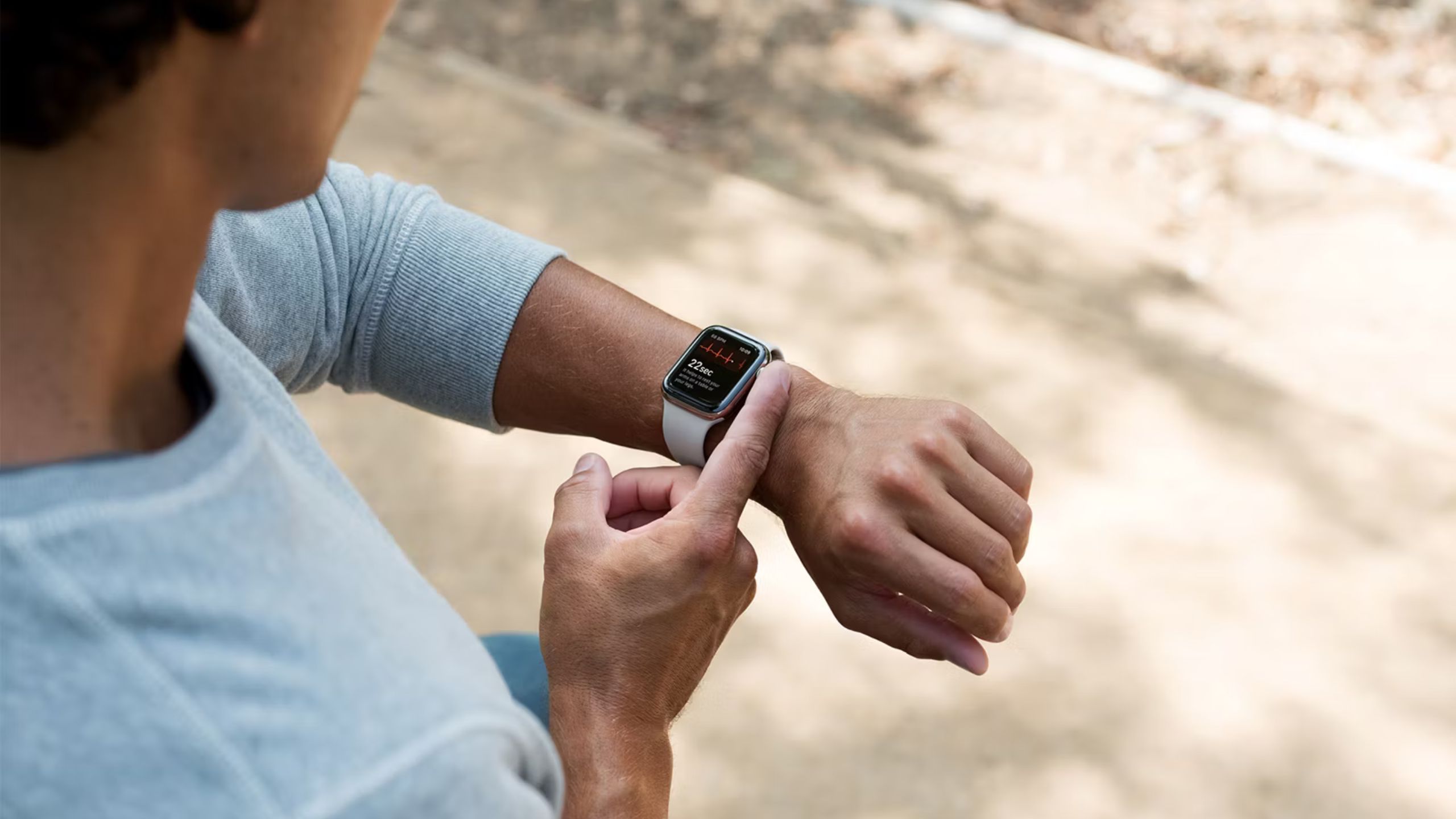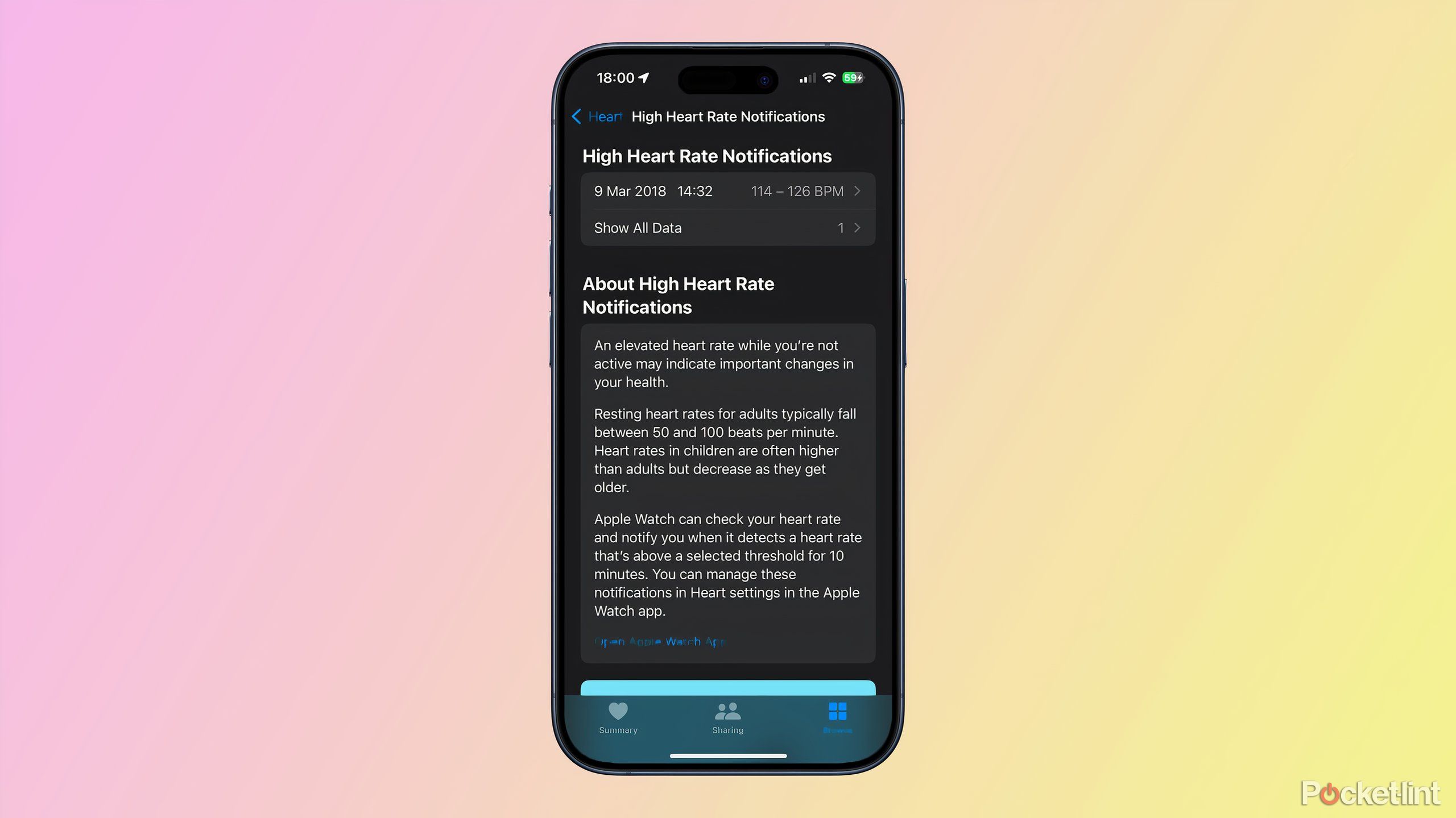Key Takeaways
- EKG and ECG are the same; EKG is from the German abbreviation and ECG from the English translation.
- To take an ECG on an Apple Watch, you need a compatible model, the ECG app, and an iPhone with Health app.
- Apple Watch’s ECG app is not a substitute for professional medical care; it’s meant to assist and provide insights.
In the words of the immortal bard, what’s in a name? If you go to the doctor, you may be given an EKG to test your heart’s electrical activity. And yet, your Apple Watch has an app that can measure the same thing called the ECG app. What gives?
Well, it turns out that both are abbreviations for the same thing. EKG is short for electrokardiogramm, which is a German word. ECG is an abbreviation for the English translation, electrocardiogram. EKG is often used as it was the first abbreviation used in medical literature, by a Dutch physician, but both are legitimate names for the same procedure.
Related
Apple Watch sleep tracking: What it does and how to use it
Here’s what you need to know about tracking your sleep with the Apple Watch, including how to set it up.
An Apple Watch is a great device for tracking your health and fitness. If you own certain models of Apple Watch, your wearable can take an EKG right from your wrist, providing you with useful information about your heart. Apple goes with ECG for the name of this app, so that’s what we’ll stick with from here on in. How does the ECG app work, what does it measure, and is it accurate? Here’s everything you need to know about the Apple Watch’s heart features.
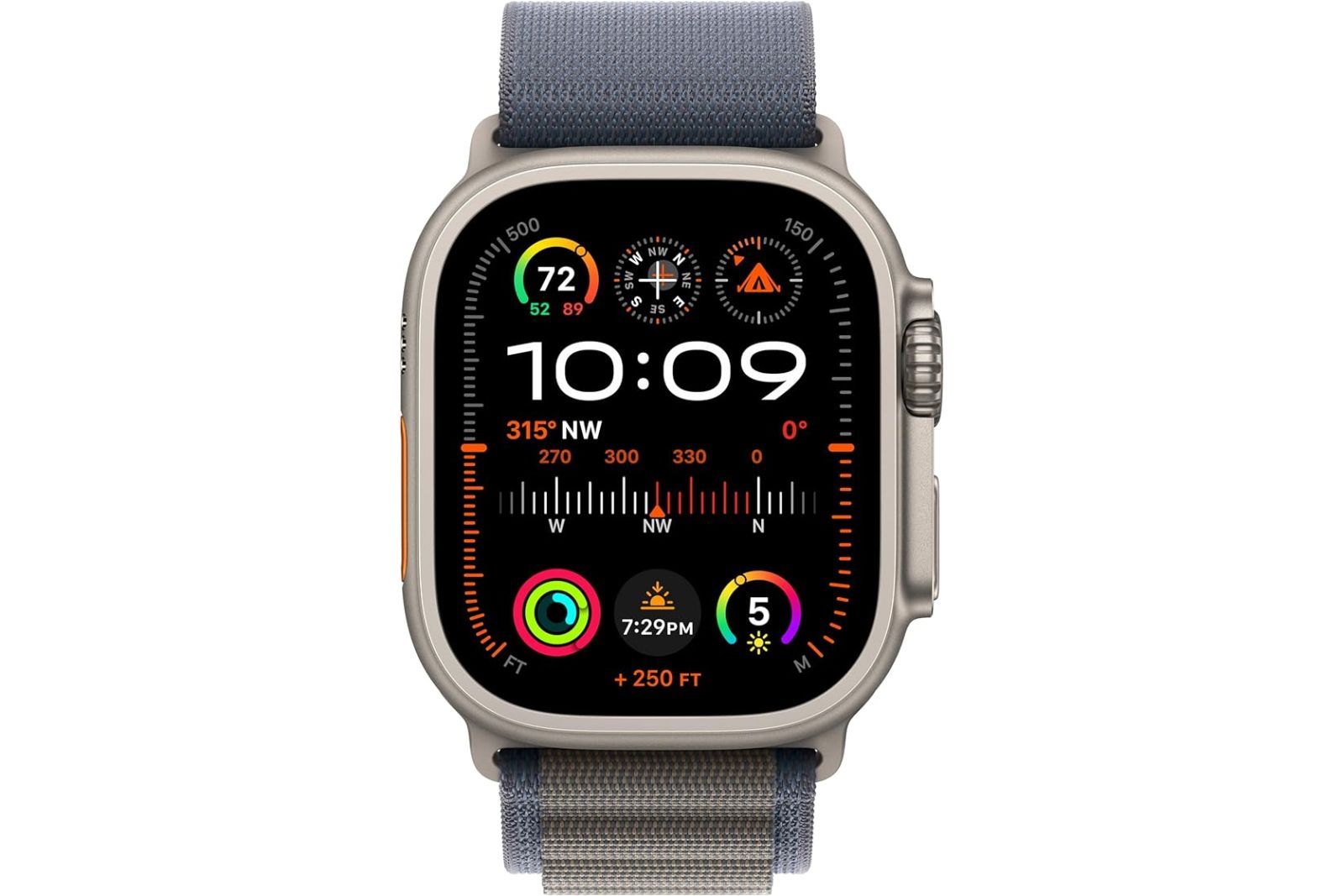
Apple Watch Ultra 2
$774 $799 Save $25
What do you need to take an ECG on Apple Watch?
You’ll need to be in a country where the ECG app is available
First off, you’ll need an Apple Watch, running watchOS 5.2 or higher. The currently supported models are the Apple Watch Series 4, Series 5, Series 6, Series 7, Series 8, Series 9, Watch Ultra, or Watch Ultra 2. It’s not possible to take an ECG on an Apple Watch SE or Apple Watch SE 2.
Next, you’ll need the ECG app. Currently, the app is available in more than 160 countries globally. However, there are still several countries where the app is not available, including Argentina, Pakistan, Iran, Kenya, and Sri Lanka.
Finally, you’ll need an iPhone 5 or above running iOS 12.2 or later. You’ll also need the Health app installed on your iPhone.
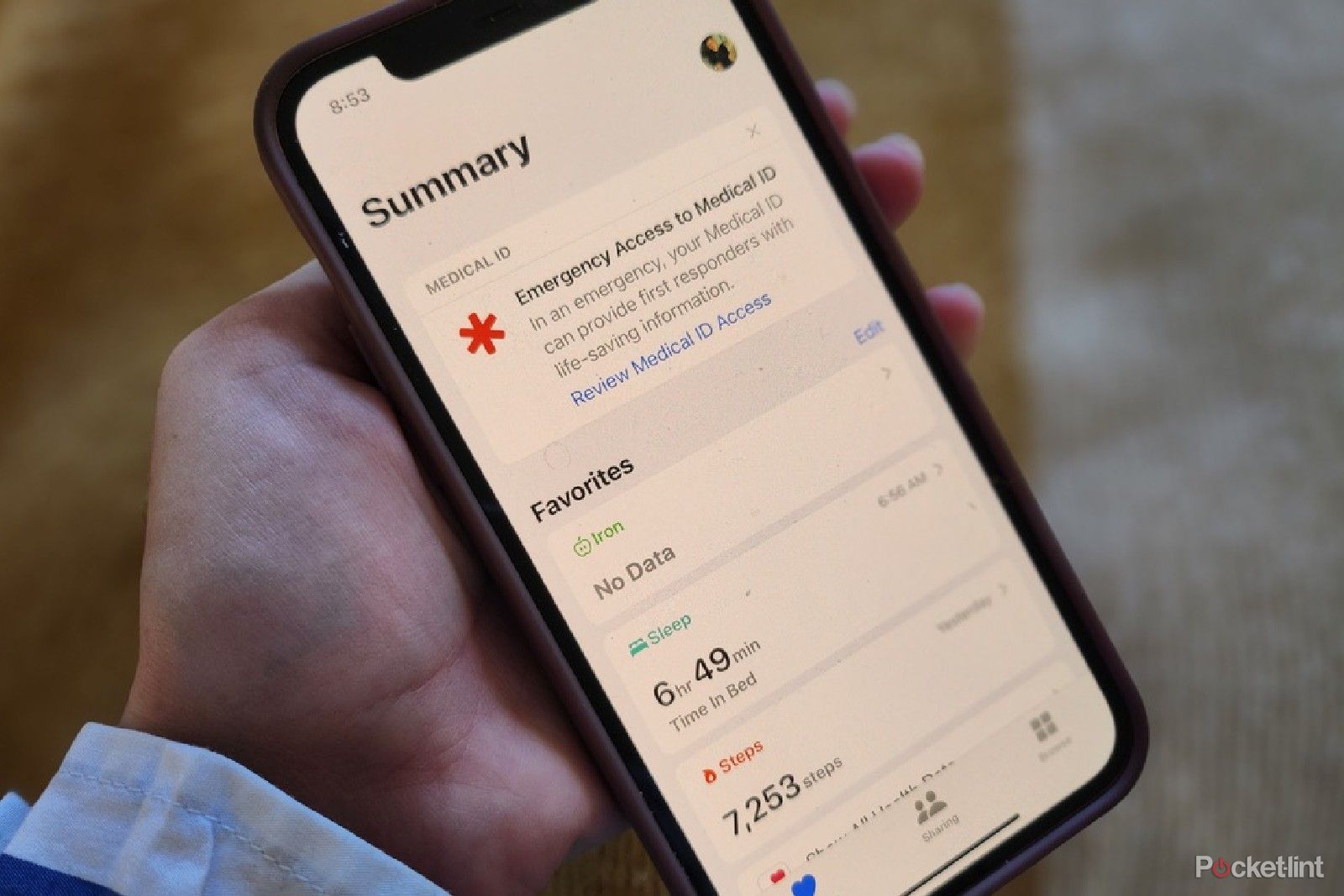
Related
4 Apple Health app features you don’t need a smartwatch for
An Apple Watch isn’t the only way Apple users can track and develop healthy habits. This built-in iPhone app is effective and easy to use.
How to set up the Apple Watch ECG app
You’ll need to enter a few details before you start
Before you can take your first ECG using your Apple Watch, you’ll need to set up the app using the Health app on your iPhone. This will take a few details that help to make the ECG reading more accurate and will install the ECG app on your Apple Watch.
If you’re doing this for the first time, you should see a prompt asking you to set it up. If you don’t, you’ll need to take the following steps.
- Open the Health app on your iPhone.
- Tap the Browse tab at the bottom right of your screen.
- Select Heart.
- Tap Electrocardiogram (ECG).
- Select Setup the ECG app.
Setup is incredibly easy and only requires a few details, such as your age. That’s because performing an ECG under the age of 22 isn’t recommended. Once set up, you can open the Apple Watch ECGapp and begin taking an ECG reading.
How to take an ECG on Apple Watch
Hold your finger to the digital crown for 30 seconds
Once you’ve set up the app, you can take an ECG whenever and wherever you want. The beauty of having the device on you all the time is that you don’t have to book an appointment with the doctor, and it’s incredibly quick and easy to do.
- Open the ECG app on your Apple Watch.
- Rest your arm on a table to keep it still.
- Hold your finger on the Digital Crown.
- Keep your finger in place for 30 seconds until the countdown ends.
- At the end of 30 seconds, you’ll see your results.
- You’ll also get a notification on your iPhone; tap the notification to view your ECG report in the Health app.
- You can view your results at any time in the Health app by going to Browse > Heart > Electrocardiogram (ECG).
What do the Apple Watch ECG results mean?
Understanding what your ECG means
Once you’ve finished capturing your EGC reading, you’ll get one of five messages.
Sinus rhythm means everything is as expected. Atrial fibrillation means there is an irregular pattern detected. Low or high heart rate is the third potential result, while Inconclusive means the test can’t determine the end result. Poor recording means that the reading wasn’t good enough to generate results; this may be because the strap was too loose, or because you weren’t resting your arm on a table to keep it still.
Share your health information with your doctor
You can create a PDF of your results to share with medical professionals
If you’re concerned about the results of your ECG, you should speak to a medical professional. It’s easy to share your ECG results with a health professional if you have any abnormal readings.
- Open the Health app on your iPhone.
- Select Browse.
- Tap Heart.
- Select Electrocardiograms (ECG).
- Tap an ECG reading.
- Tap Export PDF.
Your iPhone will now generate a PDF of your ECG results to share with your doctor. Apple doesn’t share that information with anyone else, such as third-party insurance companies or other apps.
How accurate is taking an ECG on Apple Watch?
It’s no substitute for the real thing
Apple
Nobody is saying the Apple Watch ECG is as good as or capable of replacing a medical-grade electrocardiograph machine, but that’s not the idea. A traditional hospital ECG is often referred to as a 12-lead machine because it uses 10 different electrodes to provide information on 12 different areas of the heart. In contrast, the Apple Watch is akin to a single lead machine.
The documentation refers to the Apple Watch ECG not being a substitute for actual medical care at every opportunity. Support documents from Apple state that the “user is not intended to interpret or take clinical action based on the device output without consultation of a qualified healthcare professional.” Furthermore, “the feature is not intended to replace traditional methods of diagnosis or treatment”.
To get the device cleared by the relevant regulatory bodies in the US and Europe, Apple had to provide details of a clinical test of around 600 people, half of whom had atrial fibrillation. The ECG app was unable to read about 10% of the subjects, but for the others, it was very accurate, according to Apple. The company said “it caught more than 98% of people with atrial fibrillation, and correctly told people that they didn’t have the condition 99.6 percent of the time.”
Apple also carried out other substantial tests involving the accuracy of Apple Watch’s heart data. The Apple Heart Study with Stanford University, for example, monitored atrial fibrillation, but not the ECG functionality.
What are the other Apple Watch heart health features?
Your Apple Watch has several ways to monitor your heart health
As well as taking an ECG, your Apple Watch can also monitor your heart health in other ways. The irregular rhythm notification feature sees the Apple Watch monitor your heart rhythm in the background every two hours and send a notification if it detects an irregular rhythm. It is available to all Apple Watch users with a Series 1 or later, including the Watch SE and Watch SE (second-generation).
Heart rate notifications can alert you if you have an unusually high or unusually low heart rate. If your heart rate is over 120 bpm when your watch detects that you’ve been inactive for 10 minutes, you’ll get a notification. You’ll also receive a notification if your heart rate is below 40bpm. You can adjust these thresholds if needed, or turn the alerts off completely.
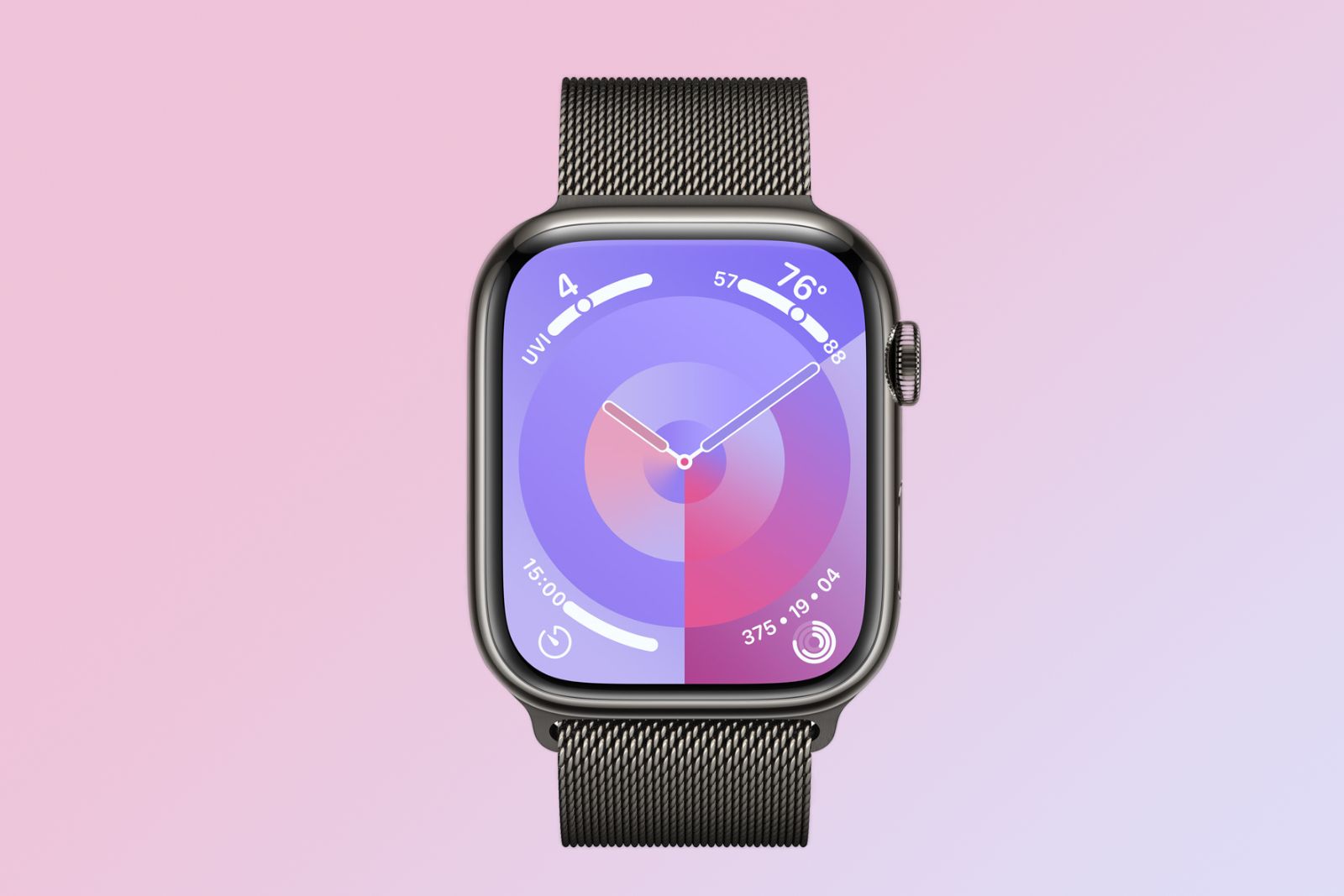
FAQ
Q: What is atrial fibrillation?
Atrial fibrillation (or Afib/AF) is where the upper chambers of the heart beat irregularly, increasing the risk of stroke and heart failure. The irregular rhythm notification feature will check heart rhythms every two hours in the background and send a notification if an irregular heart rhythm is detected.
If an irregular heart rhythm is detected, the Apple Watch will do five further tests in quick succession to see if the outcome is still positive. If it is positive, those using an Apple Watch Series 4, 5, 6, 7, 8, 9, Watch Ultra, or Watch Ultra 2 device will be prompted to do an ECG reading. For those using an Apple Watch Series 1, 2, 3 or either Watch SE model, your notification will suggest you contact your doctor.
Q: Which countries does Apple Watch ECG work in?
Rather than roll out the ECG feature to all Apple Watch users, Apple wanted it to only be available in regions “cleared” for a medical device. Because of that, the ECG feature wasn’t initially available worldwide, though it’s pretty much there now.
Apple’s ECG feature is available in the US, UK, and over 160 other regions and countries globally. You can see the full list of supported countries here.
Q: What can’t the Apple Watch heart health features do?
The Apple Watch heart features do not detect a heart attack, blood clots, a stroke, or other heart-related conditions including high blood pressure, congestive heart failure, high cholesterol, or other forms of arrhythmia.
Q: What are the risks of using the Apple Watch heart features?
There are a few caveats to the heart features on Apple Watch mentioned in the FDA ruling on the device, not least that “the ECG app is not intended for use by people under 22 years old [or…] individuals previously diagnosed with AFib.” Equally, “it is not intended to provide a notification on every episode of irregular rhythm suggestive of AFib and the absence of a notification is not intended to indicate no disease process is present.” It’s meant as a guide, rather than a 99.9% accurate test.
The risk is that some people may feel completely assured by the ECG app and not seek appropriate care. The FDA ruling also points out that a “false positive resulting in additional unnecessary medical procedures” could be an issue, resulting in people going for professional ECGs that don’t need to happen.
Trending Products

Cooler Master MasterBox Q300L Micro-ATX Tower with Magnetic Design Dust Filter, Transparent Acrylic Side Panel…

ASUS TUF Gaming GT301 ZAKU II Edition ATX mid-Tower Compact case with Tempered Glass Side Panel, Honeycomb Front Panel…

ASUS TUF Gaming GT501 Mid-Tower Computer Case for up to EATX Motherboards with USB 3.0 Front Panel Cases GT501/GRY/WITH…

be quiet! Pure Base 500DX Black, Mid Tower ATX case, ARGB, 3 pre-installed Pure Wings 2, BGW37, tempered glass window

ASUS ROG Strix Helios GX601 White Edition RGB Mid-Tower Computer Case for ATX/EATX Motherboards with tempered glass…


